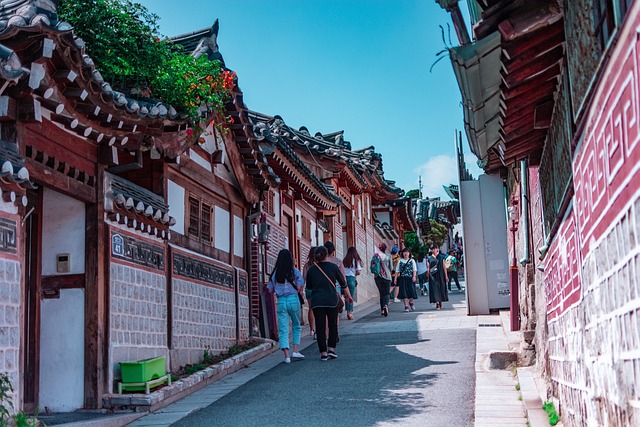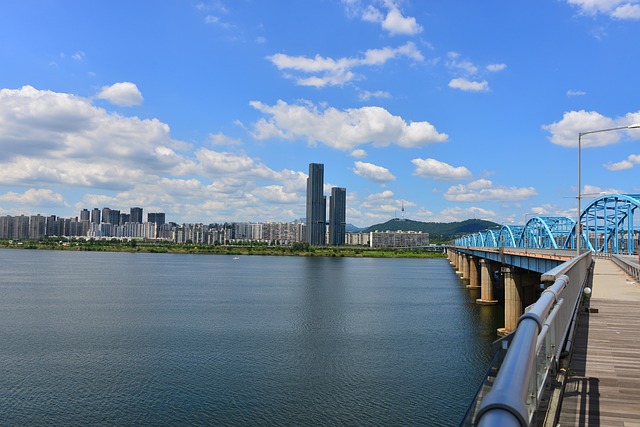📖 How to Use -아/어야 해요 – Intermediate Level (TOPIK 3–4)

How to Use -아/어야 해요 | Intermediate Korean (TOPIK 3–4) Do you know how to say “I have to…” in Korean? This lesson will teach you how to use -아/어야 해요 , a key grammar pattern to express obligations or things you must do in everyday situations—perfect for intermediate learners aiming for natural Korean conversations. 📚 Table of Contents Meaning of -아/어야 해요 How to Form -아/어야 해요 When to Use It Example Sentences Practice Dialogue Did You Know? Final Thoughts 💡 Meaning of -아/어야 해요 -아/어야 해요 is used to express necessity or obligation , similar to “must” or “have to” in English. Example: 숙제를 해야 해요. – I have to do homework. 🛠 How to Form -아/어야 해요 If the verb stem has ㅏ or ㅗ → add -아야 해요 가다 → 가야 해요 (must go) If the verb stem has other vowels → add -어야 해요 먹다 → 먹어야 해요 (must eat) For 하다 verbs → add -해야 해요 공부하다 → 공부해야 해요 (must study) Tip: In casual speech, “해요” can change to “돼요” (e.g., 해야 돼요) and still means “must.” ...

.jpg)
